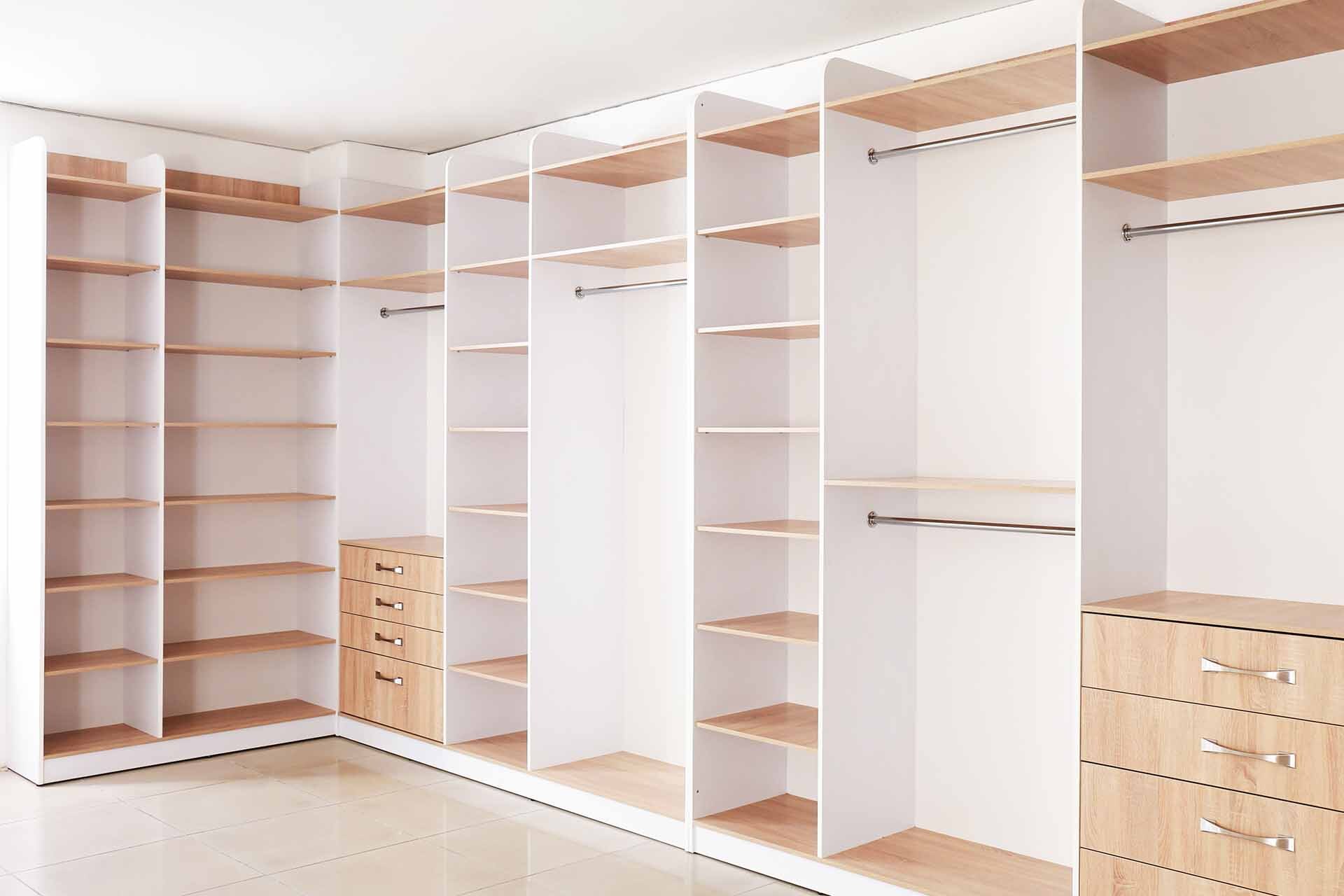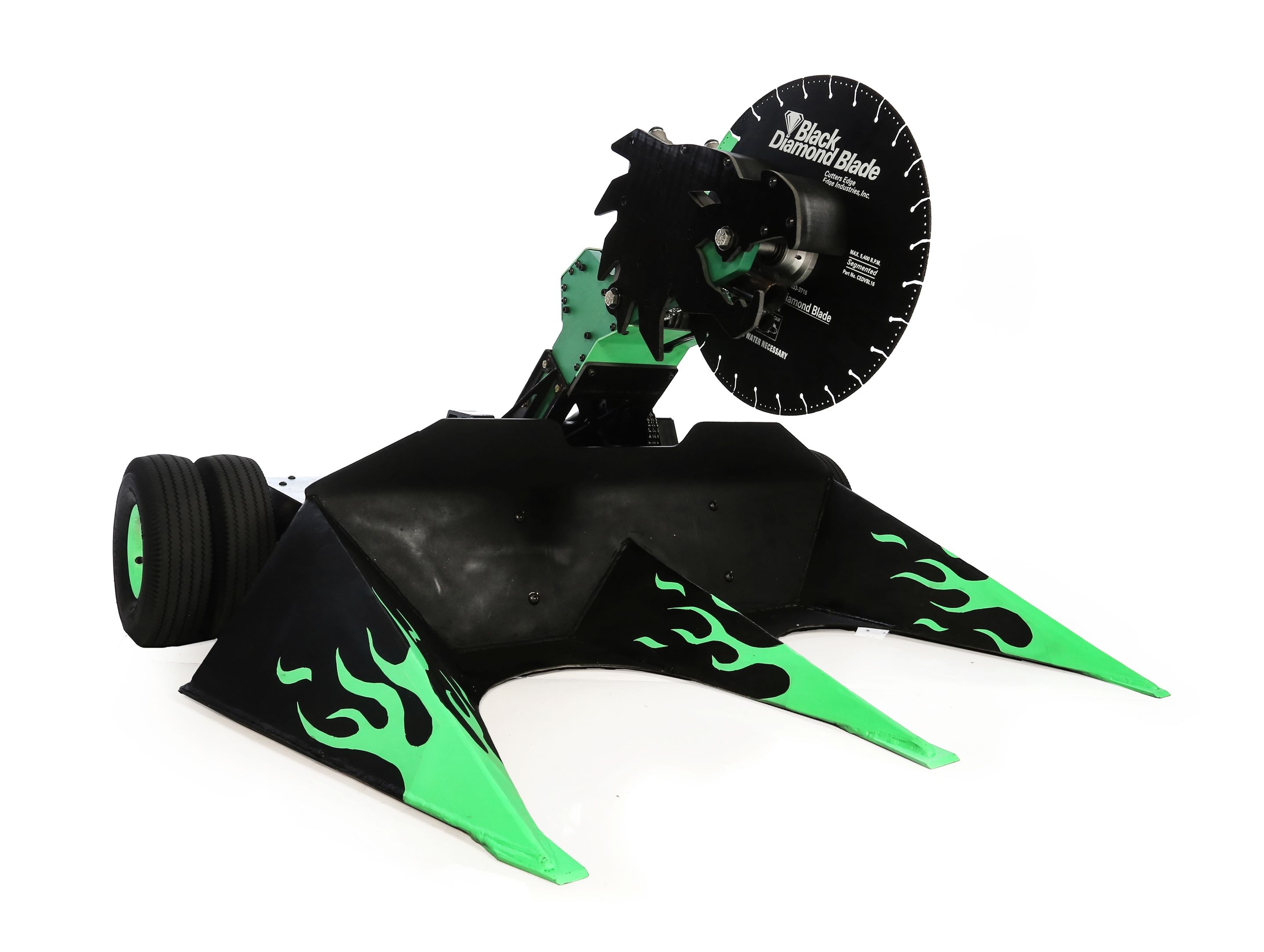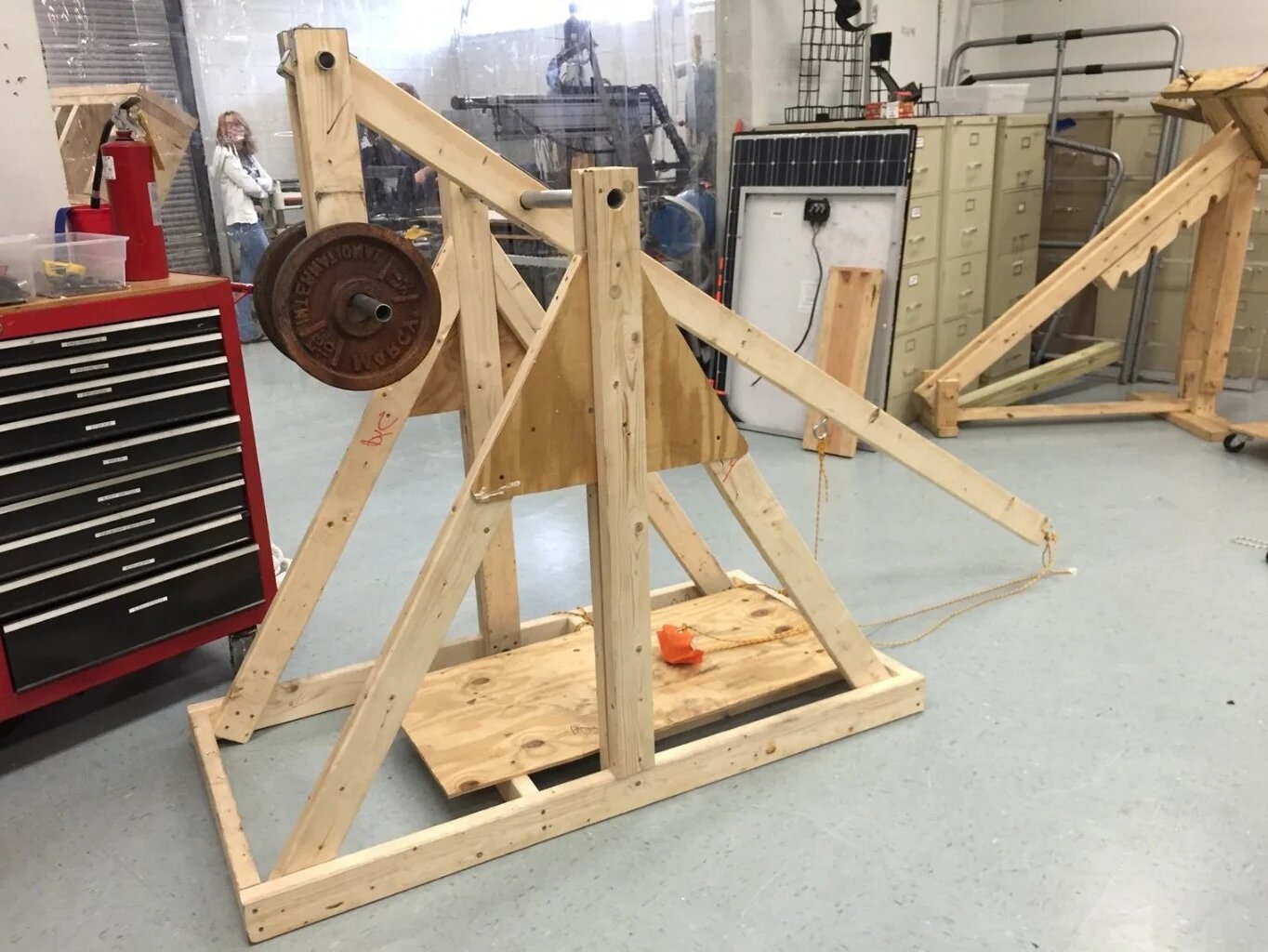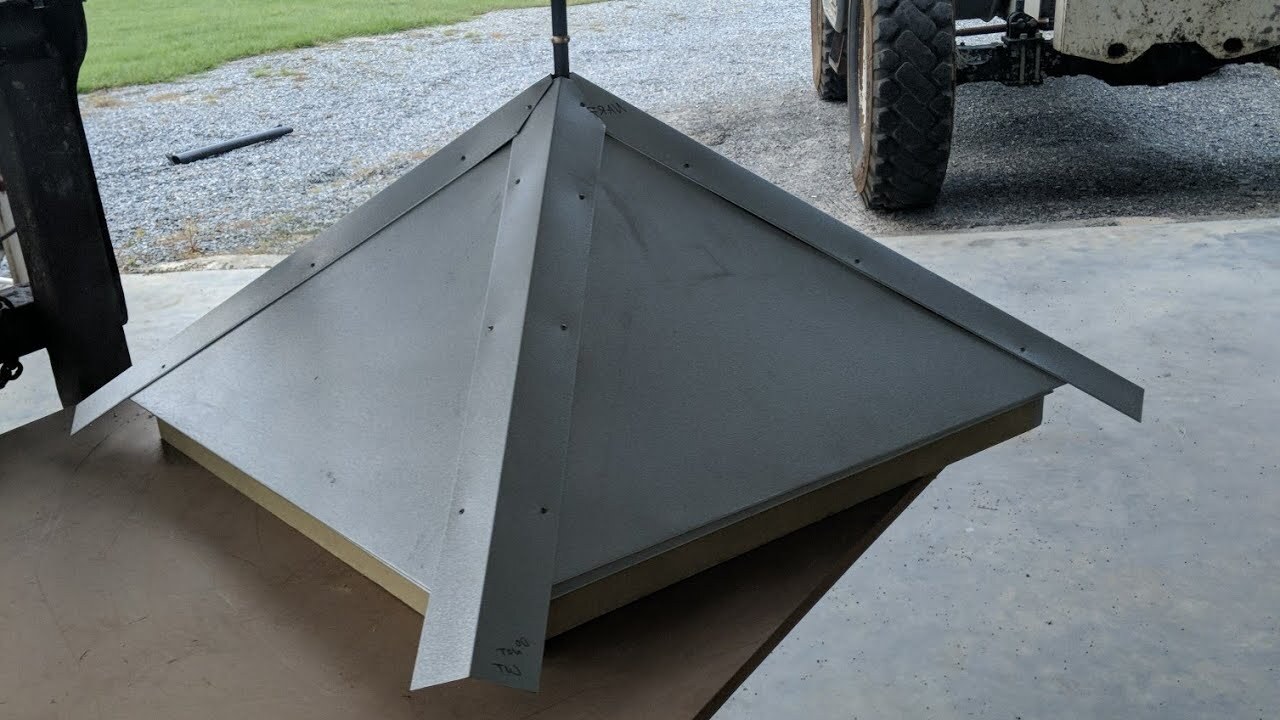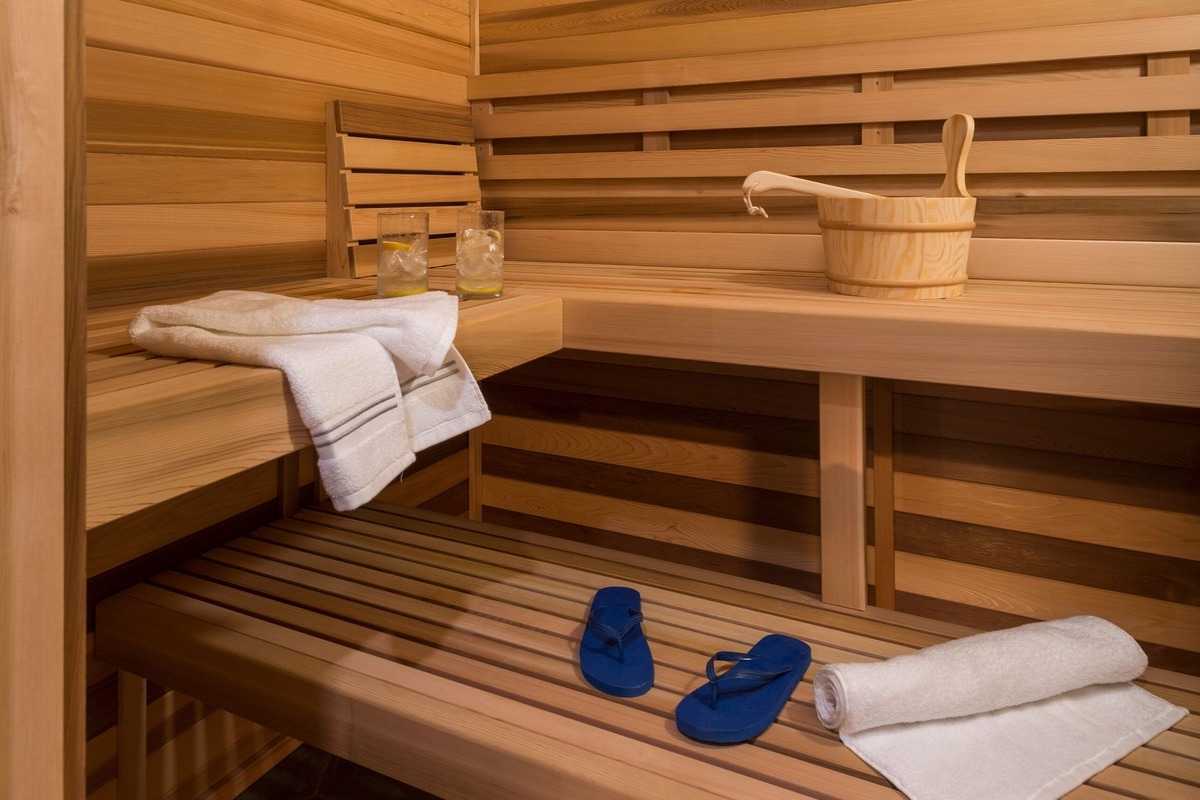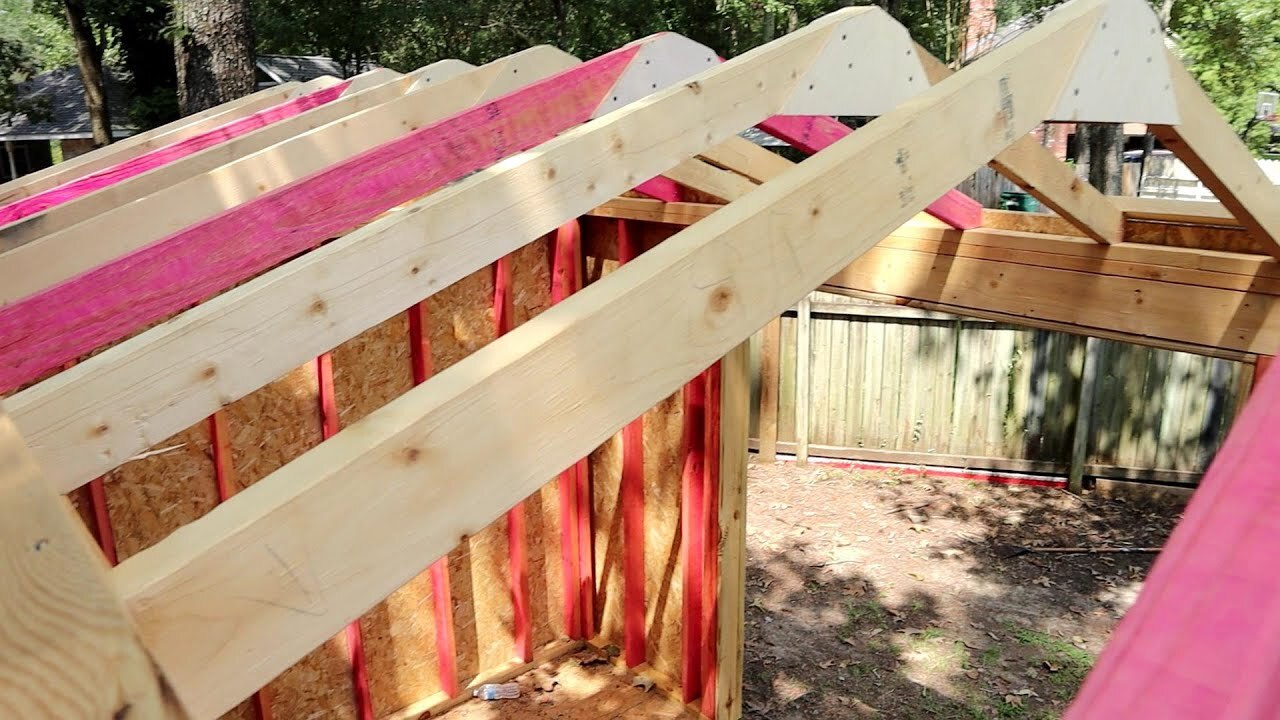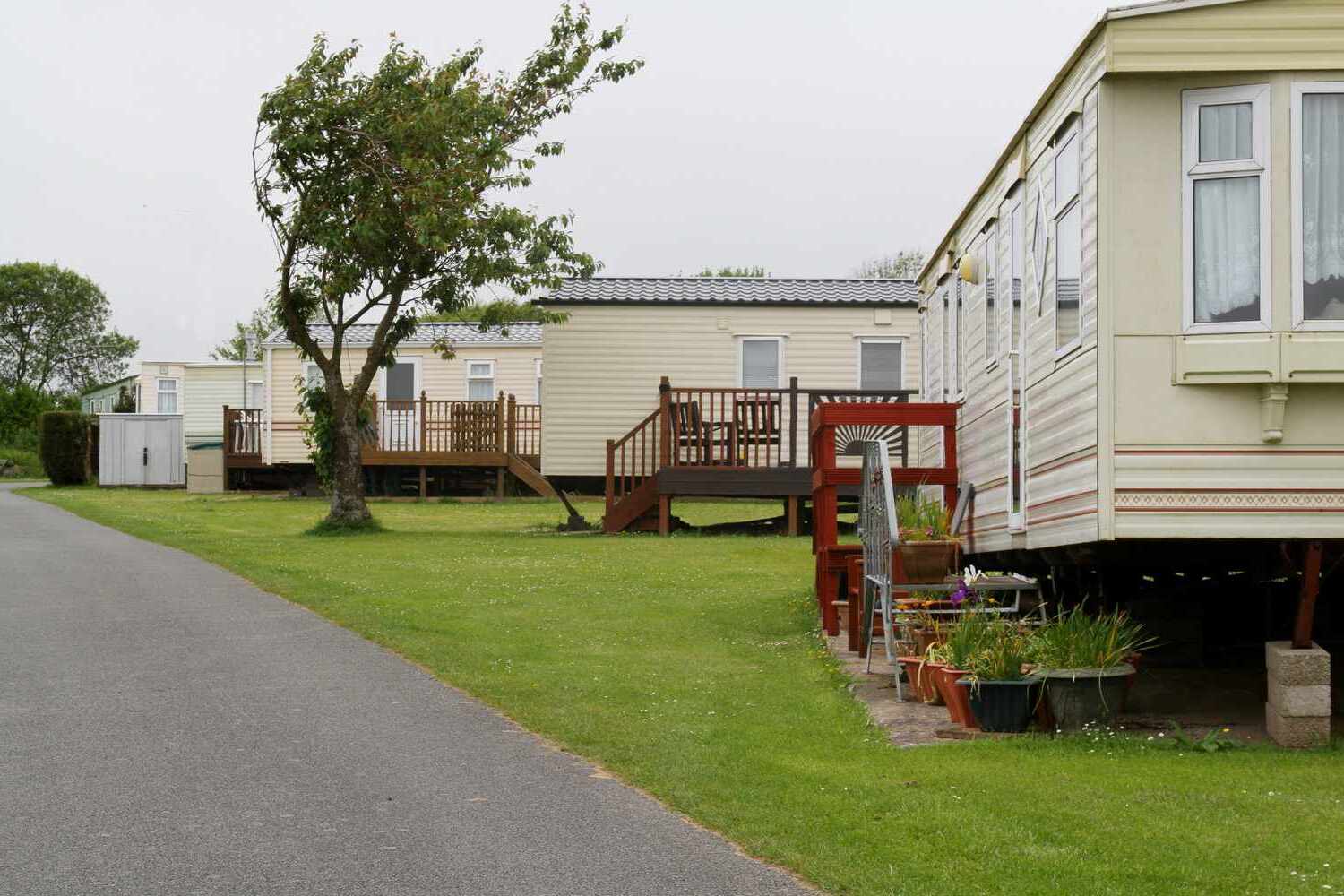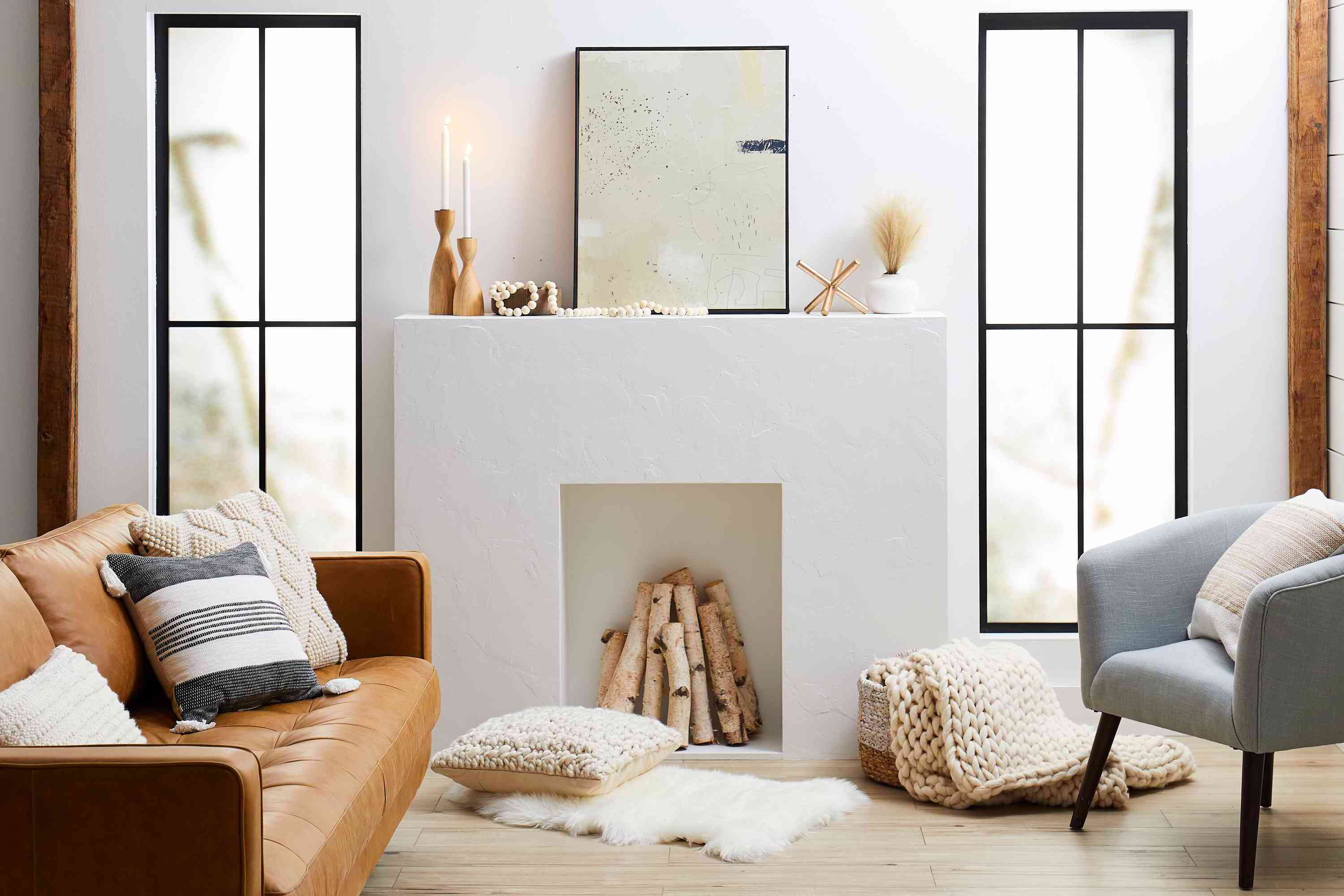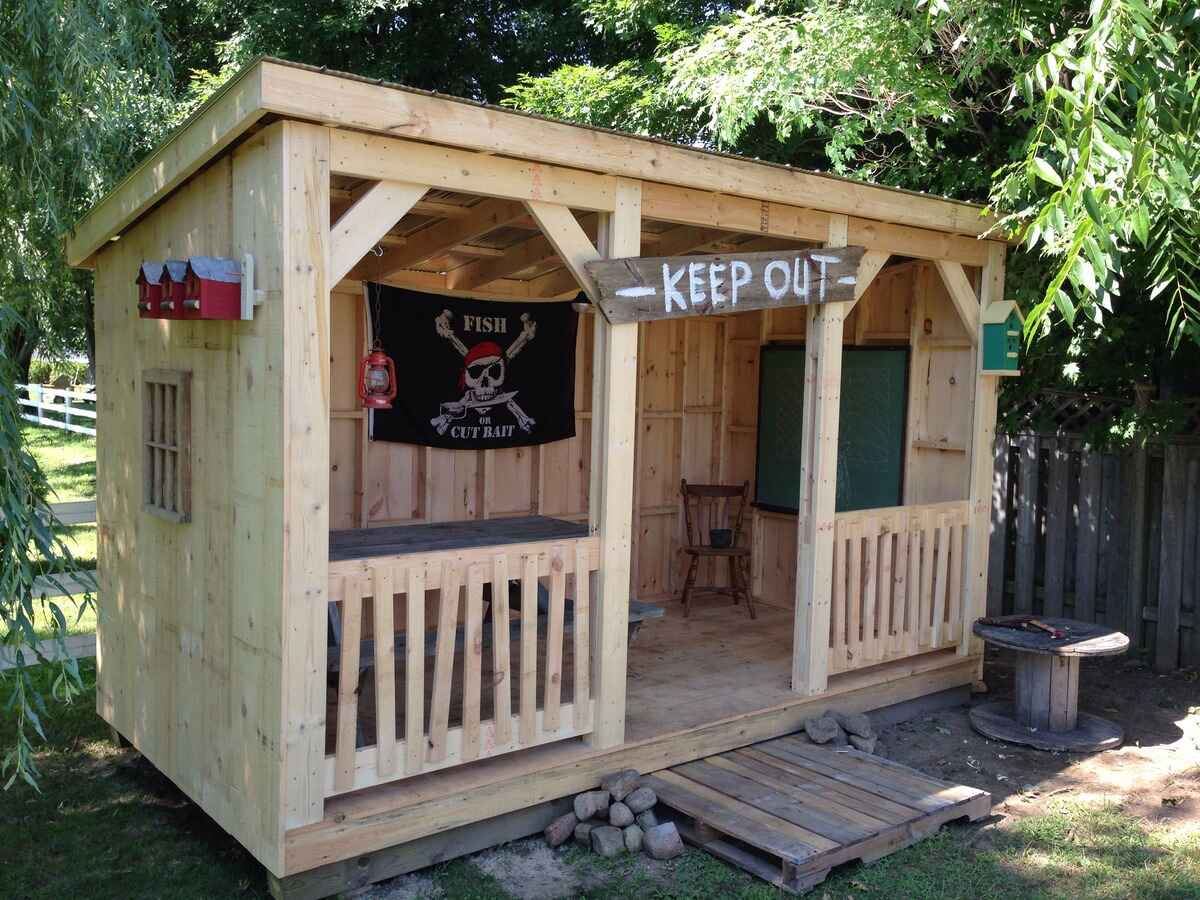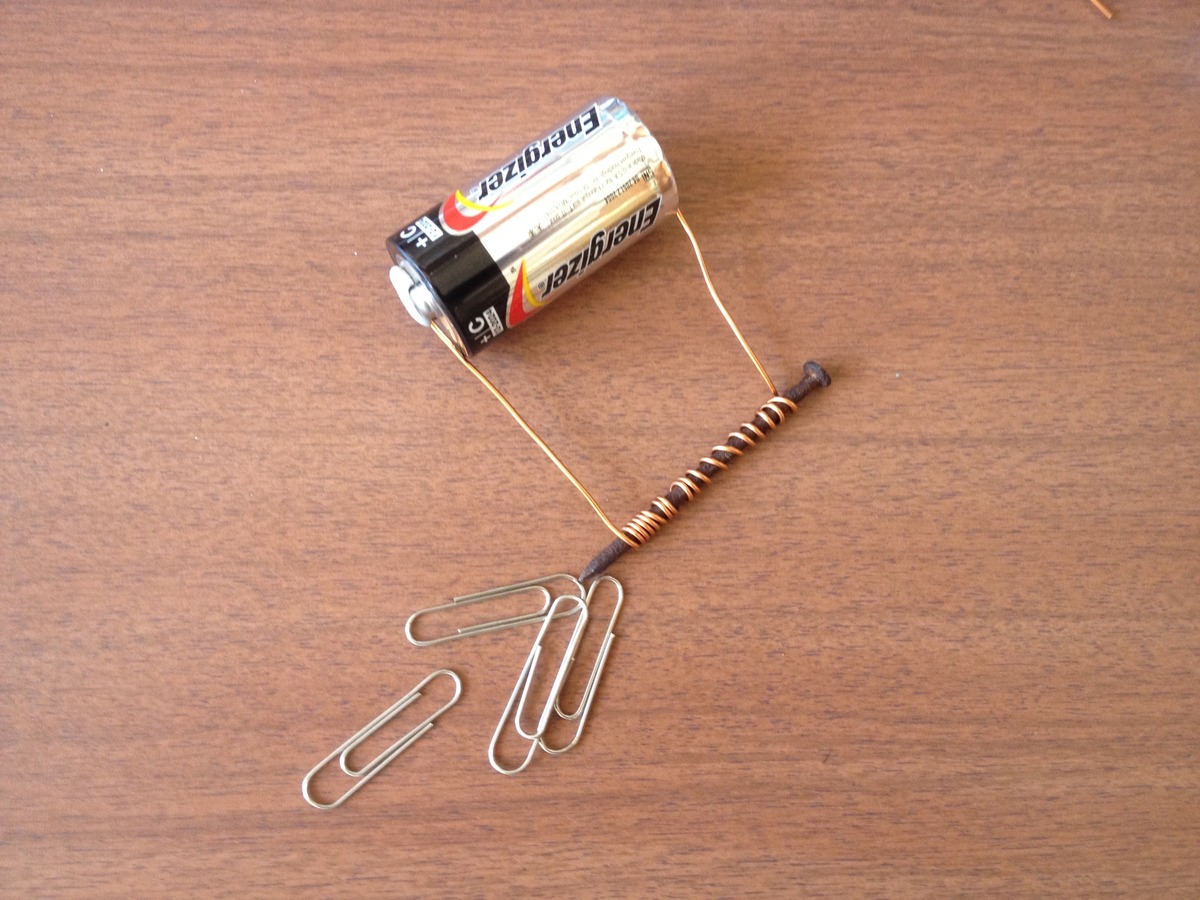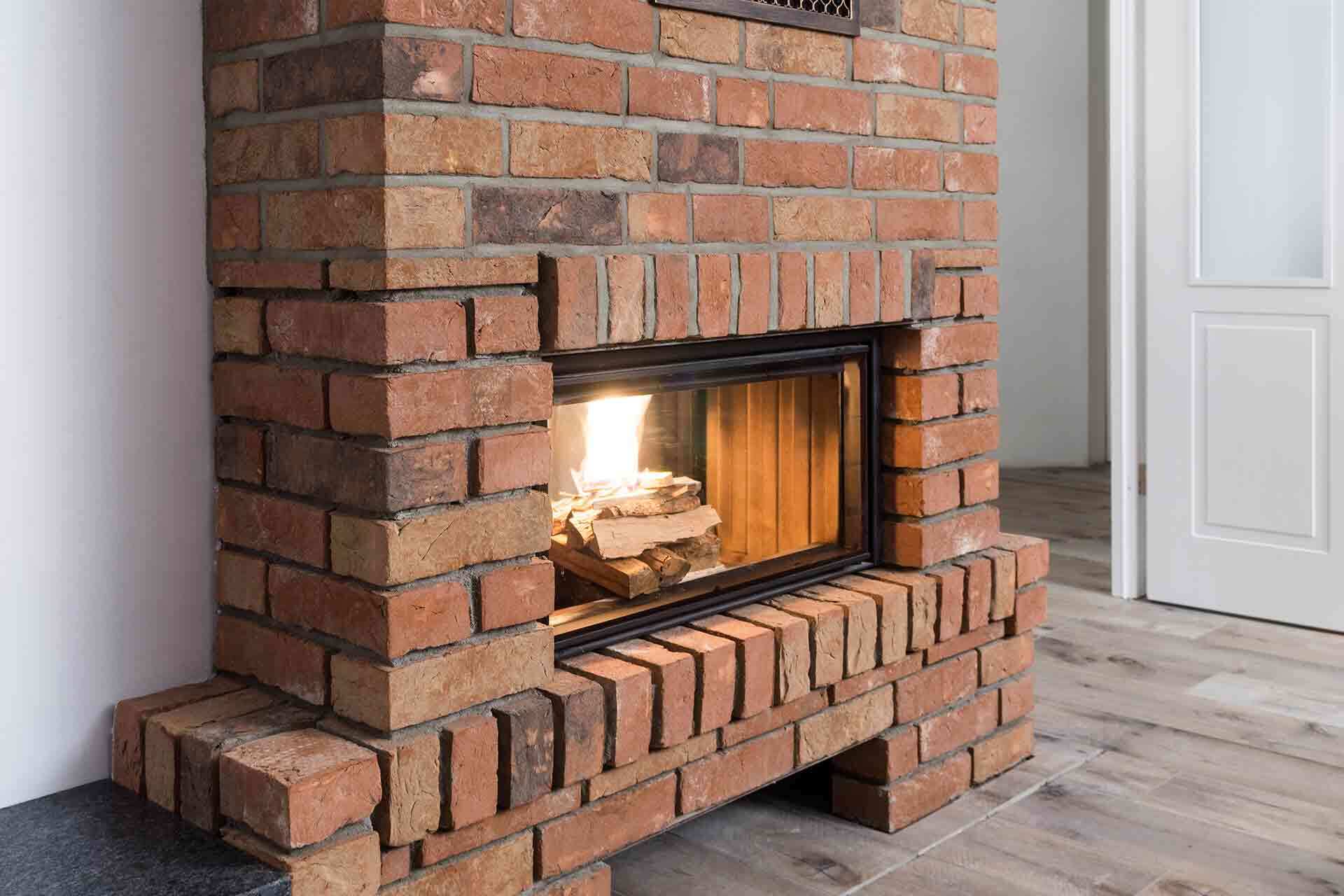Home>Create & Decorate>DIY & Crafts>How To Build A Pig Pen
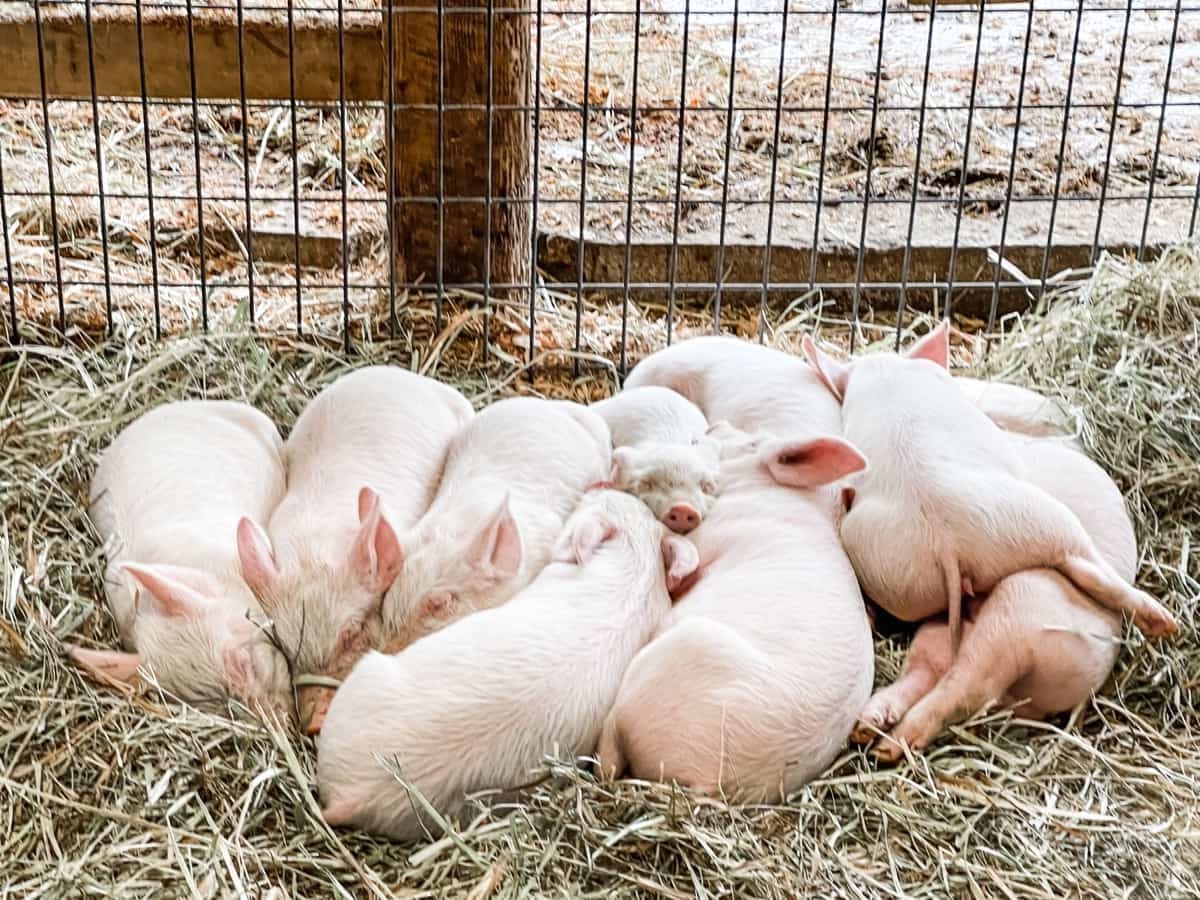

DIY & Crafts
How To Build A Pig Pen
Published: April 15, 2024

Senior Editor in Create & Decorate, Kathryn combines traditional craftsmanship with contemporary trends. Her background in textile design and commitment to sustainable crafts inspire both content and community.
Learn how to build a pig pen with our step-by-step DIY guide. Get creative with these DIY & Crafts ideas for your pig's new home.
(Many of the links in this article redirect to a specific reviewed product. Your purchase of these products through affiliate links helps to generate commission for Twigandthistle.com, at no extra cost. Learn more)
Introduction
So, you've decided to take on the exciting project of building a pig pen. Whether you're a seasoned farmer or a first-time pig owner, creating a safe and comfortable space for your pigs is essential. A well-built pig pen not only provides a secure environment for your animals but also makes it easier for you to care for them. In this guide, we'll walk you through the step-by-step process of building a pig pen that meets the needs of both you and your pigs. Let's dive in and get those pigs a cozy new home!
Read more: How To Build A Goat Pen
Choosing the Right Location
When it comes to building a pig pen, selecting the right location is crucial for the well-being of your pigs. Here are some key factors to consider when choosing the perfect spot for your pig pen:
-
Accessibility: Ensure that the location is easily accessible for both you and your pigs. It should be convenient for feeding, cleaning, and general maintenance.
-
Drainage: Look for an area with good natural drainage to prevent water from pooling in the pen. Adequate drainage helps to maintain a dry and hygienic environment for the pigs.
-
Shade: Pigs are sensitive to extreme temperatures, so it's important to choose a location that provides adequate shade during hot weather. This can be natural shade from trees or a strategically placed shelter within the pen.
-
Space: Consider the amount of space available for the pig pen. It should be large enough to accommodate the number of pigs you plan to keep, allowing them to move around comfortably.
-
Proximity to Water Source: Having a nearby water source is essential for keeping your pigs hydrated. Choose a location that allows easy access to water for both you and the pigs.
By carefully considering these factors, you can select a location that promotes the health and well-being of your pigs while also making it convenient for you to manage the pen.
Designing the Pig Pen Layout
Designing the layout of your pig pen is a critical step in creating a comfortable and functional space for your pigs. Here are some essential considerations to keep in mind as you plan the layout:
-
Separate Areas: Divide the pen into distinct areas for feeding, resting, and waste elimination. This separation helps maintain cleanliness and hygiene within the pen.
-
Feeding Area: Allocate a designated space for feeding that is easily accessible for both you and the pigs. Consider using sturdy feeding troughs or containers that can withstand the pigs' activity.
-
Resting Area: Provide a comfortable resting area for the pigs, ensuring that it is well-bedded and protected from the elements. This area should offer ample space for all the pigs to lie down and rest without overcrowding.
-
Waste Elimination: Plan for a specific area within the pen for waste elimination. This could involve creating a slatted floor or a designated corner for the pigs to relieve themselves, making it easier to keep the rest of the pen clean.
-
Walkways: Incorporate wide walkways or paths within the pen to allow easy movement for both the pigs and caretakers. These walkways should provide access to all areas of the pen for cleaning and maintenance.
-
Shelter: If your pigs will be spending extended periods outdoors, consider including a sheltered area within the pen to protect them from harsh weather conditions. The shelter should be well-ventilated and provide adequate protection from rain, wind, and sun.
By carefully designing the layout of the pig pen, you can create a space that promotes the well-being of your pigs while also making it easier for you to manage their care and maintenance.
Selecting the Materials
When it comes to building a pig pen, selecting the right materials is essential for creating a sturdy and durable structure that can withstand the activities of the pigs. Here are the key materials you'll need for constructing a reliable pig pen:
-
Fencing: Choose a strong and durable fencing material that can contain the pigs and provide security. Welded wire fencing or hog panels are popular choices for pig pens due to their strength and ability to withstand the pigs' natural behaviors.
-
Posts: Select sturdy wooden or metal posts to support the fencing. The posts should be able to withstand the tension of the fencing material and provide stability to the pen.
-
Gates: Incorporate sturdy gates into the pen design to allow easy access for caretakers and equipment. Ensure that the gates are securely attached and can withstand the pressure from the pigs.
-
Bedding: For the resting area, choose suitable bedding material such as straw, wood shavings, or rubber mats. The bedding should provide comfort and insulation for the pigs, as well as absorb moisture and odors.
-
Shelter Materials: If you plan to include a shelter within the pen, select weather-resistant materials for the roof and walls. Corrugated metal, treated wood, or durable plastic panels are common choices for constructing pig shelters.
-
Feeding and Watering Equipment: Invest in high-quality feeding troughs and waterers that are designed to withstand the pigs' feeding and drinking behaviors. Choose materials that are easy to clean and resistant to damage.
-
Fasteners and Hardware: Ensure that you have the necessary fasteners, such as screws, nails, and bolts, as well as appropriate hardware for attaching the fencing, gates, and shelter components securely.
-
Protective Coatings: Consider applying protective coatings or treatments to the materials, especially those exposed to the elements, to enhance their durability and resistance to corrosion or decay.
By carefully selecting the right materials for your pig pen, you can ensure that the structure is built to last and provides a safe and comfortable environment for your pigs.
Constructing the Pig Pen
Now that you've chosen the location, designed the layout, and selected the materials, it's time to roll up your sleeves and start constructing the pig pen. Follow these steps to bring your vision to life:
-
Prepare the Site: Clear the chosen area of any debris, rocks, or vegetation that could interfere with the construction process. Level the ground as much as possible to create a stable foundation for the pen.
-
Set the Posts: Begin by setting the sturdy wooden or metal posts at regular intervals around the perimeter of the pen. These posts will provide the support for the fencing and ensure the structural integrity of the pen.
-
Install the Fencing: Once the posts are in place, attach the chosen fencing material securely to the posts. Ensure that the fencing is taut and properly aligned to prevent any gaps or weak spots that the pigs could exploit.
-
Construct the Shelter (If Applicable): If your pig pen includes a shelter, assemble the shelter components according to the design plan. Secure the roofing materials and walls to create a protective and comfortable space for the pigs.
-
Add the Gates: Install the sturdy gates at the designated entry points to the pen. The gates should be securely attached and easy to open and close for convenient access.
-
Create the Feeding and Resting Areas: Set up the feeding troughs and watering equipment in the designated feeding area. Ensure that the resting area is well-bedded with the chosen materials to provide comfort and insulation for the pigs.
-
Secure all Components: Double-check that all components of the pig pen, including the fencing, gates, and shelter, are securely fastened and free from any sharp edges or protruding materials that could pose a hazard to the pigs.
-
Inspect and Test: Once the construction is complete, thoroughly inspect the entire pig pen to ensure that it meets the intended design and safety standards. Test the gates, fencing, and shelter for durability and functionality.
By following these steps, you can construct a sturdy and functional pig pen that provides a safe and comfortable environment for your pigs while also making it easier for you to care for them.
Read more: How To Build A Pantry
Adding the Finishing Touches
After the construction of the pig pen, adding the finishing touches is essential to ensure that the space is fully equipped to meet the needs of your pigs. Here are the crucial steps to complete the pig pen and make it a comfortable and functional environment for your pigs:
-
Bedding and Comfort: Ensure that the resting area is adequately bedded with the chosen materials, such as straw, wood shavings, or rubber mats. The bedding should provide insulation, comfort, and a clean surface for the pigs to rest.
-
Feeding and Watering Equipment: Double-check the feeding troughs and waterers to ensure that they are securely installed and functioning properly. Position the equipment in a way that allows easy access for the pigs and convenient refilling for caretakers.
-
Shelter Considerations: If your pig pen includes a shelter, add any final touches to enhance its functionality. This may involve installing additional ventilation, adding bedding inside the shelter, or securing the shelter against potential weather hazards.
-
Safety Measures: Inspect the entire pen for any potential safety hazards, such as sharp edges, protruding nails, or gaps in the fencing. Address any issues to create a safe environment for the pigs.
-
Environmental Enrichment: Consider adding environmental enrichment elements to the pig pen, such as hanging toys or rooting materials. These additions can provide mental stimulation for the pigs and prevent boredom.
-
Signage and Information: If applicable, consider adding signage with essential information about the pigs, feeding schedules, or emergency contact details. This can be helpful for caretakers and visitors to the pig pen.
-
Landscaping and Aesthetics: While not essential, adding some landscaping elements around the pig pen, such as shrubs or natural barriers, can enhance the aesthetics of the space and provide additional environmental enrichment for the pigs.
-
Final Inspection: Once all finishing touches are in place, conduct a final inspection of the pig pen to ensure that everything is set up according to the intended design and standards. Test the functionality of equipment and ensure that the overall environment is conducive to the well-being of the pigs.
By adding these finishing touches, you can complete the pig pen construction process and create a space that not only meets the basic needs of your pigs but also provides a comfortable and enriching environment for them to thrive.
Maintaining the Pig Pen
Maintaining the pig pen is essential for ensuring the health, safety, and well-being of your pigs. Regular upkeep and maintenance tasks help to create a clean and comfortable environment for the pigs while also prolonging the longevity of the pen. Here are the key steps involved in maintaining the pig pen:
-
Cleaning and Waste Removal: Regularly clean the pig pen to remove waste, soiled bedding, and any accumulated debris. This helps to prevent odors, reduce the risk of disease, and maintain a hygienic environment for the pigs. Consider implementing a regular cleaning schedule to ensure that waste is promptly removed from the pen.
-
Bedding Replacement: Monitor the condition of the bedding in the resting area and replace it as needed. Clean, dry bedding provides insulation and comfort for the pigs, so maintaining a fresh and adequate supply is crucial for their well-being.
-
Inspecting Fencing and Gates: Periodically inspect the fencing and gates for any signs of damage, wear, or potential weak spots. Ensure that the fencing is secure and free from any hazards that could pose a risk to the pigs or compromise the security of the pen.
-
Checking Shelter and Equipment: If the pig pen includes a shelter or feeding and watering equipment, regularly inspect these components for any damage or malfunctions. Ensure that the shelter provides adequate protection, ventilation, and comfort for the pigs, and that the feeding and watering equipment is functioning properly.
-
Monitoring Drainage: Keep an eye on the drainage within and around the pig pen to ensure that water does not accumulate or cause flooding. Proper drainage helps to maintain a dry and sanitary environment for the pigs and prevents potential health issues.
-
Pest Control: Implement measures to control pests such as flies, rodents, and other unwanted creatures that may pose a threat to the pigs or the cleanliness of the pen. This may involve using traps, repellents, or other pest control methods to keep the pen free from infestations.
-
Repair and Maintenance: Address any structural issues, damaged components, or wear and tear in the pig pen promptly. Regular maintenance and repairs help to prevent small problems from escalating into larger issues that could compromise the safety and functionality of the pen.
-
Health Checks for Pigs: Regularly monitor the health and well-being of the pigs housed in the pen. This includes observing their behavior, checking for signs of illness or injury, and providing any necessary veterinary care to ensure that the pigs remain healthy and thriving.
By staying proactive in maintaining the pig pen, you can create a safe, clean, and comfortable environment for your pigs, ultimately contributing to their overall welfare and happiness.

